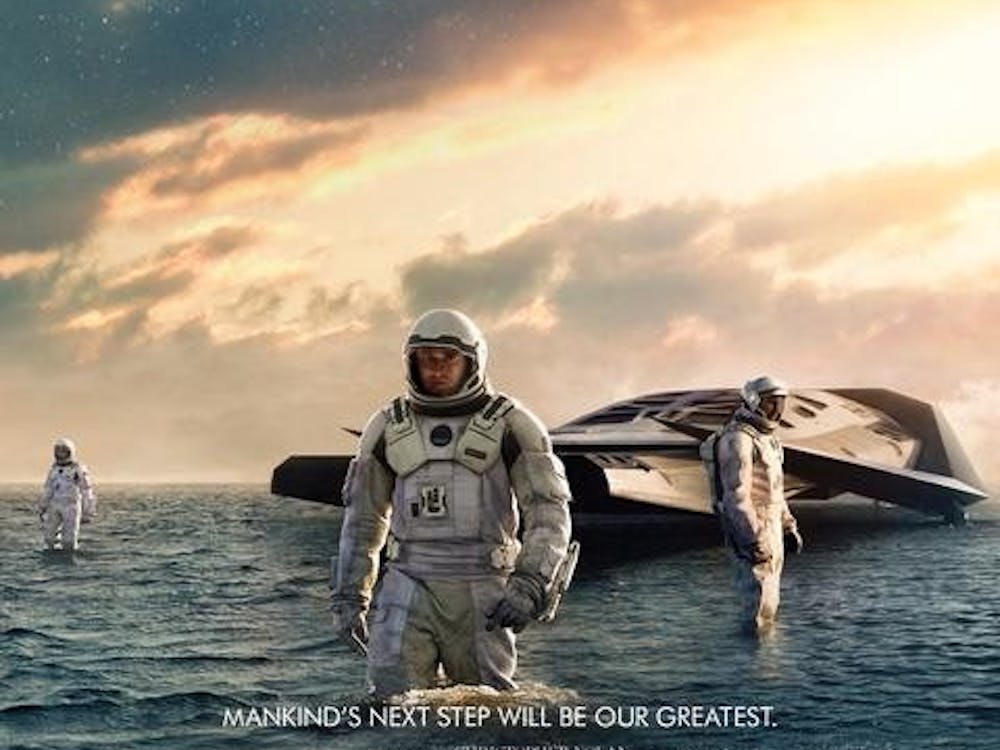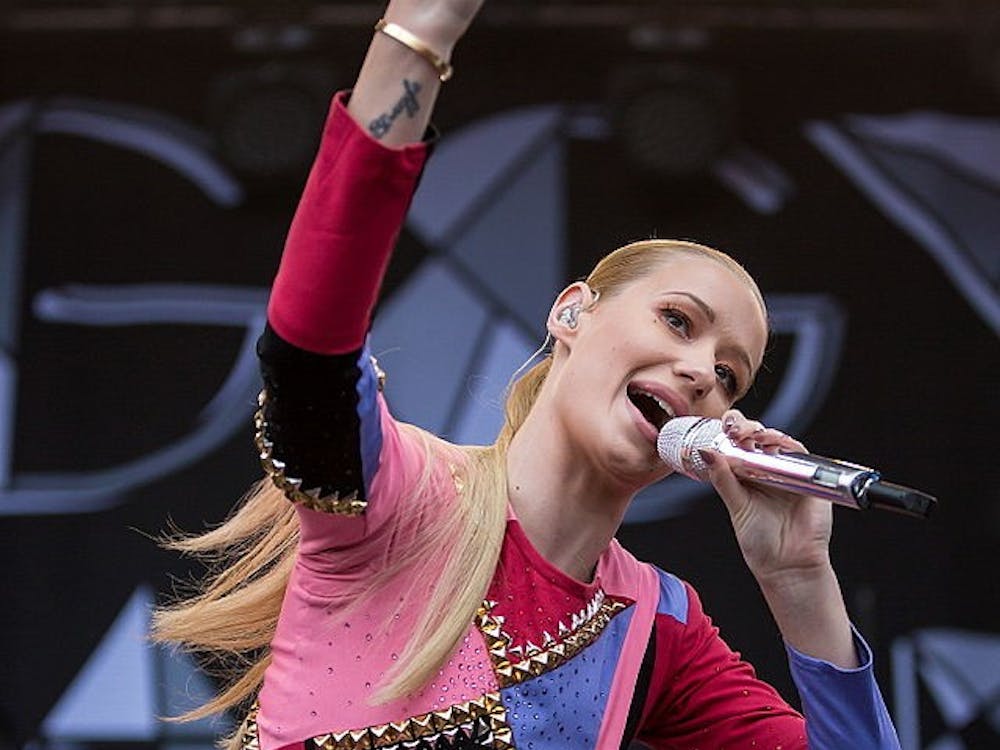Studio Ghibli has long been recognized as one of the premiere movie companies in the world. Helmed by visionaries Hayao Miyazaki and Isao Takahata, Studio Ghibli consistently has produced quality films over the past two decades. Each one of Ghibli's fifteen movies has met the demands of art-house cinema and achieved mainstream success. Ghibli movies transport viewers into worlds of fantasy while keeping realism intact. They can be funny or poignant, or both, but the films of Studio Ghibli are always magical, transcending the label of "anime" to become true cinema.
Prior to 2003, the names Hayao Miyazaki and Studio Ghibli were virtually unknown to American moviegoers. But in March 2003, Spirited Away came out of relative obscurity to win the Best Animated Feature Oscar over the heavily favored Lilo & Stitch and Ice Age. As a result, Studio Ghibli was thrust into the limelight as people baffled by the "surprise" victory finally became aware of its legendary body of work. Disney, the distributor of Ghibli films, gave art-house audiences a taste of Miyazaki magic with the releases of Spirited Away, Castle in the Sky, and Kiki's Delivery Service on DVD.
February 22, the next batch of Ghibli DVDs will finally see the light of day on this side of the Pacific. At long last, the American public will get a taste of Nausicaä of the Valley of the Wind, Porco Rosso and The Cat Returns.
Similar to the first three-film set, these two-disc DVD releases will feature English dubbing by a star-studded cast in addition to original Japanese language tracks. Bonus features include original storyboards, behind-the-scene looks at the movies' localization process and an excellent, though outdated, exclusive documentary about Studio Ghibli on the Nausicaä DVD. But the special features pale in comparison to the actual movies themselves, all of which are titanic achievements in the field of animation.
Nausicaa of the Valley of the Wind
By Ruo Jia
Nausicaa of the Valley of the Wind was the first of many wonderful and honest films Hayao Miyazaki would make with Studio Ghibli. Epic and majestic, fantastical and spiritual, it's a piece of filmmaking created by Miyazaki with bold, sweeping strokes. Its breadth is not simply a measure of physical space but also the nuance and complexity of its world.
Nausicaa is also one of Miyazaki's more didactic works with its attempt to understand the elusive relationship between man and nature. What is truly ironic is that the film is Miyazaki's least favorite personal work, principally due to the ending, which for many is the film's most moving scene.
The film revolves around the young princess of the Valley of the Wind, Nausicaa, and her efforts to stop the imperial drive of the mechanized Torumekian Empire which seeks to reclaim the planet from nature. The Torumekians invade the Valley of the Wind because it has a strategic value.
In this world, humanity is retreating to the fringes of the ecological landscape. In a great war over a thousand years ago, seven beasts called Giant Soldiers lay waste to the surface of the world. Since then, wild forests and flora have become toxic to humanity -- even their spores and pollen are paralyzing. The plants are guarded by gigantic insects, such as the beetle-like Ohmu. What Nausicaa ultimately discovers is the deep truth underlying the ecological conflict of her world.
Nausicaa is in many ways the quintessential Miyazaki film, possessing most of the essential thematic and stylistic elements that would consistently recur throughout his later works. There is the careful construction of his cinematic reality: The Valley of the Wind is a society whose way of life rests on the whims of the winds and desserts. Only Frank Herbert's Dune might be said to have a more intricate arrangement between ecology and culture.
There is also the point-counterpoint of two multifaceted and antipathetic female characters. Nausicaa's Torumekian counterpart is the militaristic Princess Kushana. For Miyazaki, these personalities aren't meant for mutual destruction but rather for coexistence. Each thrives independently of the other, and their cohabitation reveals the world of Nausicaa to be more than a simple series of dichotomous positions.
In addition, the film showcases Miyazaki's great love of flight. The image of Nausicaa on her hang glider is as much a part of the cinematic heritage in Japan as the three circles that form Mickey Mouse are in America. While Nausicaa is unabashedly slanted toward one perspective of the environmental debate, Miyazaki's vision is too broad, too grand to simply be pigeonholed under the pretense of political agenda.
When the film ends, the audience has not only sat through the beginnings of a great legacy of films, it has experienced the mystery of an entire world. Isn't this the ultimate aspiration of filmmaking -- to create a dream of reality never considered until now?
Porco Rosso
By Ruo Jia
Estrangement lies at the heart of Miyzaki's cinema. It's often confused with loneliness, but there's a distinction. In loneliness, people are choked by their solitude. When estranged, they're embracing it. The difference between loneliness and estrangement for Miyazaki is the difference between a disturbance in a pond and the ripples formed in its wake.
In Porco Rosso, Miyazaki's estrangement is rarely more personal than in his telling of the picaresque adventures of a Depression-age Italian fighter pilot. Porco is portly, pleasant, porcine and middle-aged. He lives quietly in the Adriatic chasing air pirates, if the bounty is good. In the evening, he has dinner by himself at the Hotel Adriano. Altogether, Porco is comfortably removed from reality, unfettered by concerns over fascism, depression, and the like. That is, until the air pirates hire the American ace, Donald Curtis, to waylay him. In the world of Miyazaki, loss and renewal are the two great forces. After Curtis's ambush, Porco's first task is to repair his plane and schedule a rematch. He dryly quips, 'A pig who doesn't fly is just an ordinary pig.' However, by the film's end, it is not just Porco's plane or pride that have been restored, it is also his humanity. Porco Rosso is about addressing the things one man has lost.
However, Porco Rosso is usually seen as a tribute to 1930's aviation. This is a natural observation because the film in many ways is a moving paean to the exhilaration of flight. Miyazaki's exquisite depictions of sea planes have such joy and freedom you feel you're right next to them, gracing the clouds.
Yet flight in Porco Rosso is not simply escape, it's an extension of memory. It reminds Porco of the way things were before the Great War, before fascism was fashionable or depression was so a priori, when humanity was something worth being a part of. But flight is temporary, planes only fly so high until they're out of fuel, chased down, or worn over. Sooner or later, they have return to earth. In Porco Rosso, Miyazaki isn't interested in Porco's experience of the past, but rather his memory of it. Porco remembers explicitly what things once were, but he also remembers when they started to change.
In the film's most moving and transcendent moment, Porco recounts the event that changed his life. After surviving a vicious dog fight, he finds himself looking up at long streaming cloud. He takes a closer look and sees a great line of planes, all the pilots of WWI who have died in combat. There are so many they're barely perceptible, each one marching to the unknown. Porco can only watch painfully as his comrades join the ethereal precession. Faced with the absurdity of senseless conflict, Porco tacitly renounces his humanity.
In the end, Porco Rosso is a lovely elegy about the want for sentiment and nostalgia, which also gently reminds us to have hope for the future.
Films like Porco Rosso remind us why animation is so special in cinema. It familiarizes and de-familiarizes, captures unique truths and politely glosses over trivial ones. This is the sentiment at the heart of Miyazaki's style. He welcomes those elements in our lives which make us feel estranged and disaffected, respects them, and elevates them in his art to the skies beyond.
The Cat Returns
By Leon Chen
Personal identity is the most important part of your life. It defines you and makes you unique. Without identity, you lose a sense of direction. Like a cat, you would do nothing but eat, drink and sleep your life away, blissfully unaware of what you are missing.
This is the message underlying The Cat Returns, Studio Ghibli's last movie before the Miyazaki-directed Howl's Moving Castle (in American theaters June 10). After over a decade of deep and sometimes-harrowing movies, Studio Ghibli executives decided it was time for a light-hearted film enjoyable as pure entertainment. With The Cat Returns, they accomplished just that.
Based on a manga (graphic novel) by Japanese artist Aoi Hiiragi and helmed by rookie director Hiroyuki Morita, The Cat Returns is a spin-off of Whispers of the Heart, 1995's Ghibli-made movie based on Hiiragi's work.
The movie tells the tale of Haru, an awkward high school student whose life just isn't going well. She is often late for class, she is clumsy and her secret crush is going out with a freshman. Unfortunately for poor Haru, things are going to get worse. Haru saves the life of a cat, who turns out to be Prince Lune of the Kingdom of Cats, a peaceful paradise of eating, sleeping and anthropomorphic felines.
After a nocturnal visit from the King of Cats, Haru finds her life spiraling out of control, culminating in the arrangement of a marriage with the feline Prince. Just as the situation seems hopeless, Haru is directed to the home of the Baron, a gentlemanly cat with a knack for helping those in need, and his companions, the gluttonous Muta and the noble crow, Toto. The trio swears to save Haru from a disgraceful, inter-species marriage, but she is whisked away to the Kingdom of Cats before they hatch a plan. With the perpetually grumpy Muta as her only companion, Haru warms up to life in the Cat Kingdom, but eventually realizes that she is changing into a cat. She must leave the Kingdom by sunrise to return to human form.
The Cat Returns is a whimsical movie. Many critics attack The Cat Returns as shallow and lacking the powerful message of films like Nausicaä or the strong emotions of films like Porco Rosso, and they're right. But, nonetheless, The Cat Returns is a highly entertaining film, reminiscent of Takahata's old Panda Go Panda shorts, playful romps through imaginary worlds.
The Cat Returns is wildly hilarious, with excellent one-liners and brutal slapstick. It is hard to keep a straight face during the brilliant and hysterical execution scene. And with a 75-minute run-time, The Cat Returns is a perfect cinematic pick-me-up. That said, its quick resolution can leave viewers disappointed. Plus, potentially compelling supporting characters (namely, Haru's mother and friends) remain tragically underdeveloped.
With its simple storyline, The Cat Returns does not come close to equaling the quality of other Ghibli works. Even so, it is still a hell of a movie, and is better than nine out of 10 recent Disney movies.






